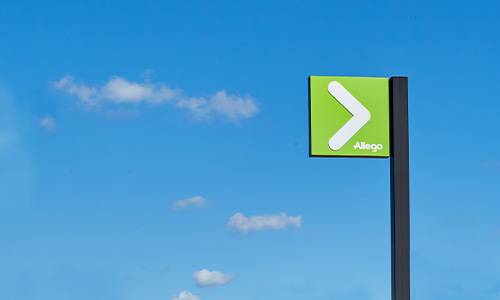
Read more
Investors

As a new EV driver you will discover that charging your vehicle is a completely different experience than refueling a petrol vehicle. For starters, charging your EV won’t get your hands as dirty and smelly as refueling with petrol. But there’s a lot more to know. We created this overview of what is what to get you started on your EV charging experience.
To charge like a pro you need to know a few basics. There are different kinds of chargers, cables and plugs. Think of it like petrol stations with unleaded fuel, diesel and gas. It’s important to pay attention to this when you’re charging the first time. Not every EV can use every charger, with every cable and plug.
The Mode 3 charging cable is the one you will mostly use at public charging stations and at your home charger. It connects your car to the charging station and is in Europe set to be a Type 2 plug mostly. The type 2 plug is also known as the “Mennekes plug”, in this article we call it Type 2 plug. To keep it simple: Mode 3 cable = Type 2 plug (a.k.a. Mennekes plug).
Some cars still come with a charging cable which you could use at home to plug into your domestic sockets. Charging is usually extremely slow though and not the safest. Charging parts can get really hot. It’s advised to get a home charger with a type 2 plug. This is the safest and the fastest method to charge at home.
Surprisingly so, not only a great band. Here is what you need to know about AC and DC charging. AC Charging is slow, up to 22kW and DC charging is 22kW and more.
A power grid at home or at the office is always AC and the car battery is always DC, so this requires an AC/DC converter (this is your on-board charger). Why is this important to know? Some models, like PHEV’s, only have a Type 2 plug. As this is not a DC plug, they cannot fast charge. For fast charging you need a CCS or CHAdeMO plug, which are both DC plugs.
There are various factors determining the charging speed of your car. We’ve listed them for you:
To give you an example; the Jaguar I-pace is only able to charge 1 phase. Therefore, charging at a regular public charge point or home charger with 3 phases is restricted to 1 phase charging. This limits the charging speed. We have simplified this for you with a scheme, to see what this means for the power that can be absorbed by your car.

The Type 2 Plug

The CHAdeMO Plug

Tesla Model S and model X can fast charge on a CHAdeMO with a Tesla CHAdeMO adaptor.
“The name CHAdeMO comes from the Japanese O cha demo ikaga desuka, which means: ‘How about a cup of tea?’ and refers to how much time it should take to charge a car.”
The CCS Plug (Combined Charging System)
Good to know: Tesla model S and model X can also fast charge with CCS but they need an adapter at Allego fast chargers. These CCS adapters are unfortunately not yet available for the cars in Europe. However, Tesla Model 3 was delivered with a CCS plug. Which means the Tesla users can fast charger at Allego Fast and High power chargers using the CCS.

Tesla Supercharger (Modified Mennekes plug)

When your battery is almost empty it’s easier to charge it up, it charges faster between capacity of 20% and 80%. First 10% and the last 10% are the slowest. Therefore, it’s best to fill up to 80% and then continue your way.
Allego is a specialist in charging EV’s and we aim to make charging as seamless as possible. In our next Pro Charging articles, we will dive deeper into charging passes and useful apps.
#KeepDrivingForward